50 Amazing Volcano Facts

Active today

Hawaii's Mauna Loa volcano is the world's largest active volcano, rising 13,677 feet (4,170 m) above sea level and more than 28,000 feet (8,534 m) from the deep ocean floor. It has a volume of 19,000 cubic miles (80,000 cubic kilometers).
Historic activity
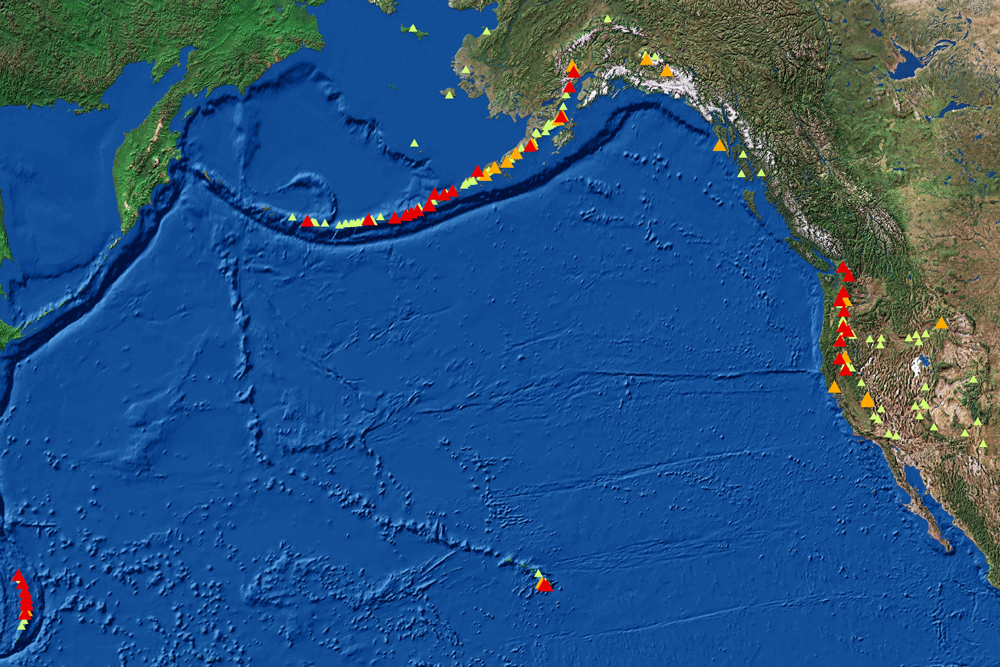
The United States ranks third, behind Indonesia and Japan, in the number of historically active volcanoes, according to the U.S. Geological Survey.
Volcanic surface
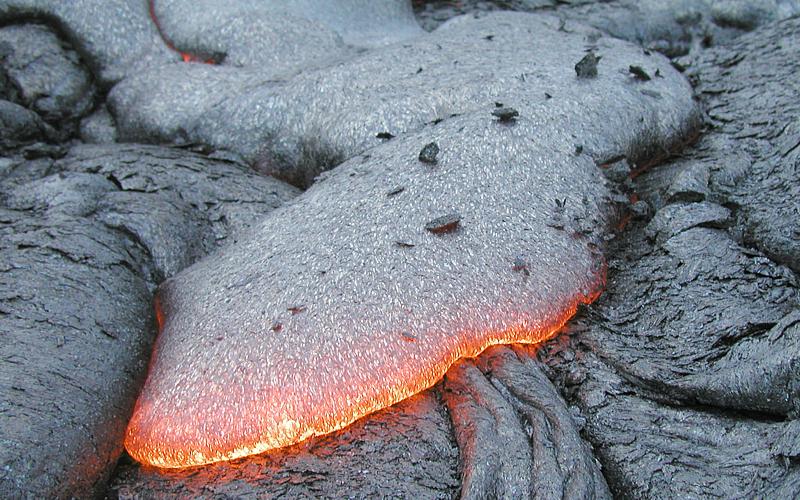
More than 80 percent of the Earth's surface above and below sea level is of volcanic origin.
Close to home
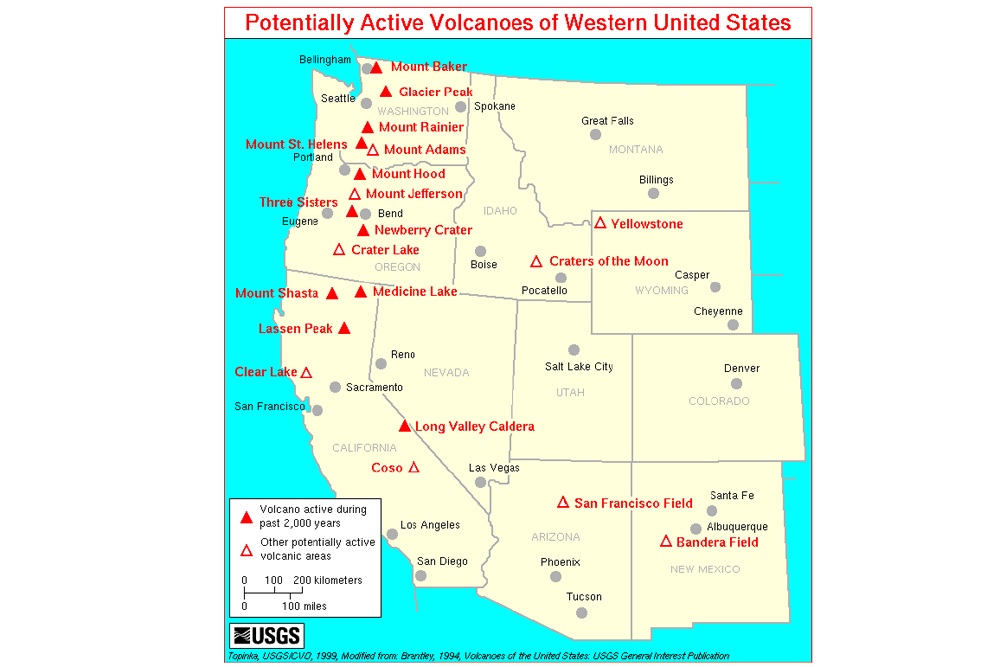
About 10 percent of the more than 1,500 volcanoes that have erupted in the past 10,000 years are located in the United States, according to the U.S. Geological Survey.
Still a threat
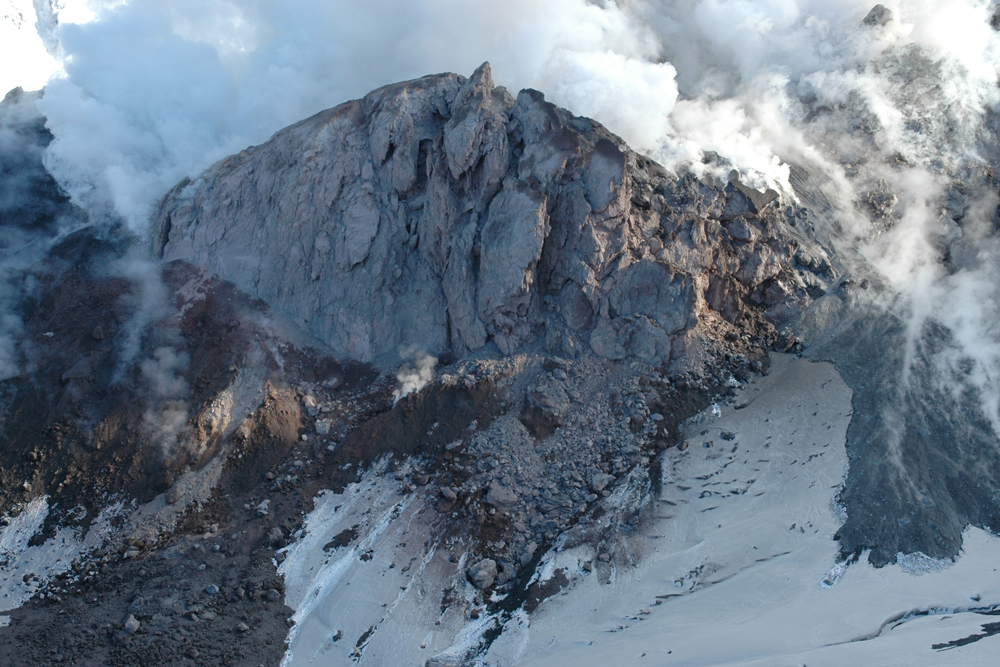
There are 65 volcanoes in the United States and its territories that scientists consider active, including Mount St. Helens.
Most destructive U.S. eruption

The most destructive eruption in U.S. history was the May 18, 1980, eruption of Mount St. Helens.
Ash everywhere
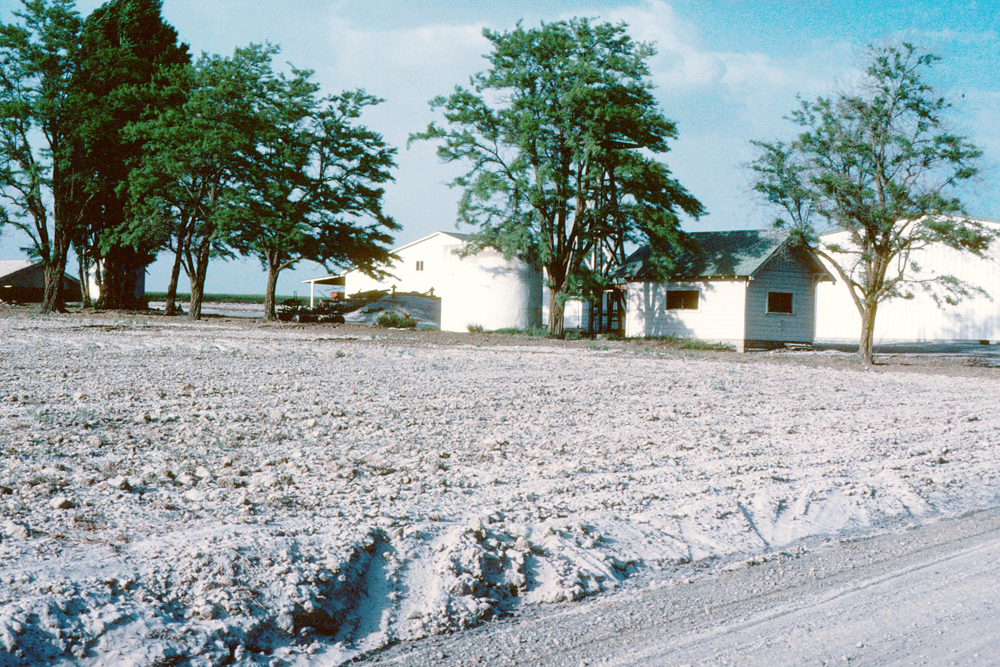
During the nine hours that Mount St. Helens erupted in 1980, the volcano spewed about 540 million tons of ash over an area of more than 22,000 square miles (57,000 square kilometers).
Get the world’s most fascinating discoveries delivered straight to your inbox.
Landslides
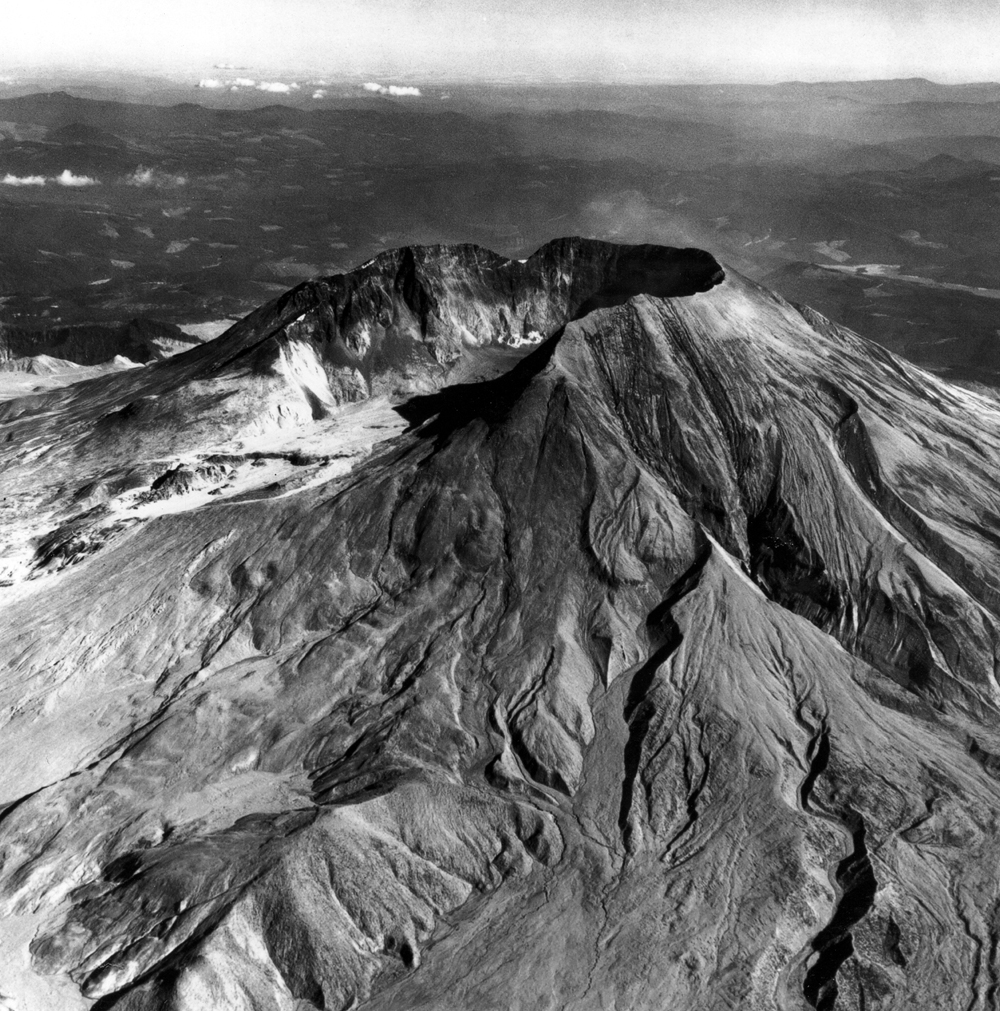
The Mount St. Helens eruptions caused the largest terrestrial landslide in recorded history, reducing the mountain's summit by about 1,300 feet (400 meters).
How it works

The majority of Earth's volcanoes are found on the seafloor, along the mid-ocean ridge a chain of volcanic peaks that rings the planet and the spot where many of Earth's plates spread apart.
Underwater eruptions
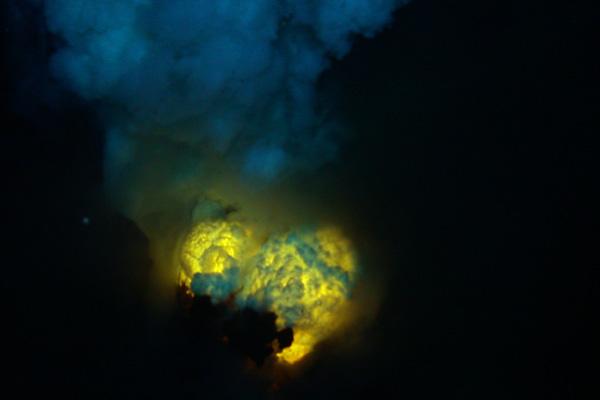
The deepest active submarine eruption seen to date is of the volcano West Mata, which lies in the Lau Basin near the islands of Fiji in the southwestern Pacific. It was detected in 2008 and occurred at a depth of 3,900 feet (1,200 meters).



